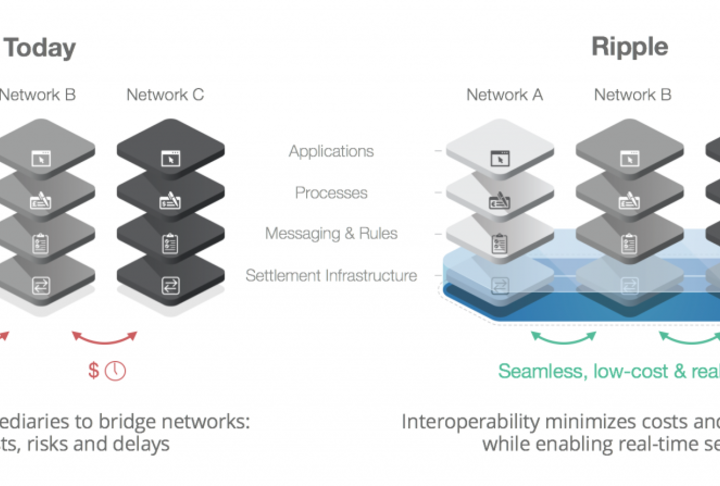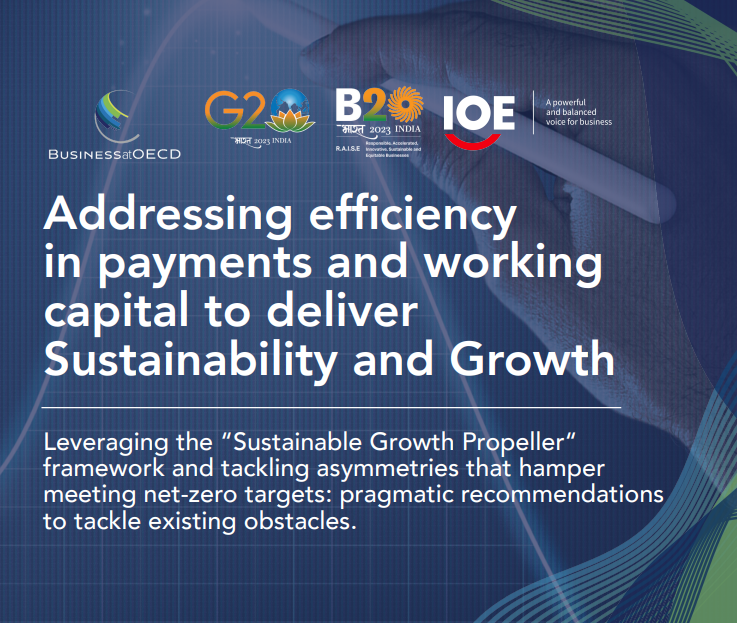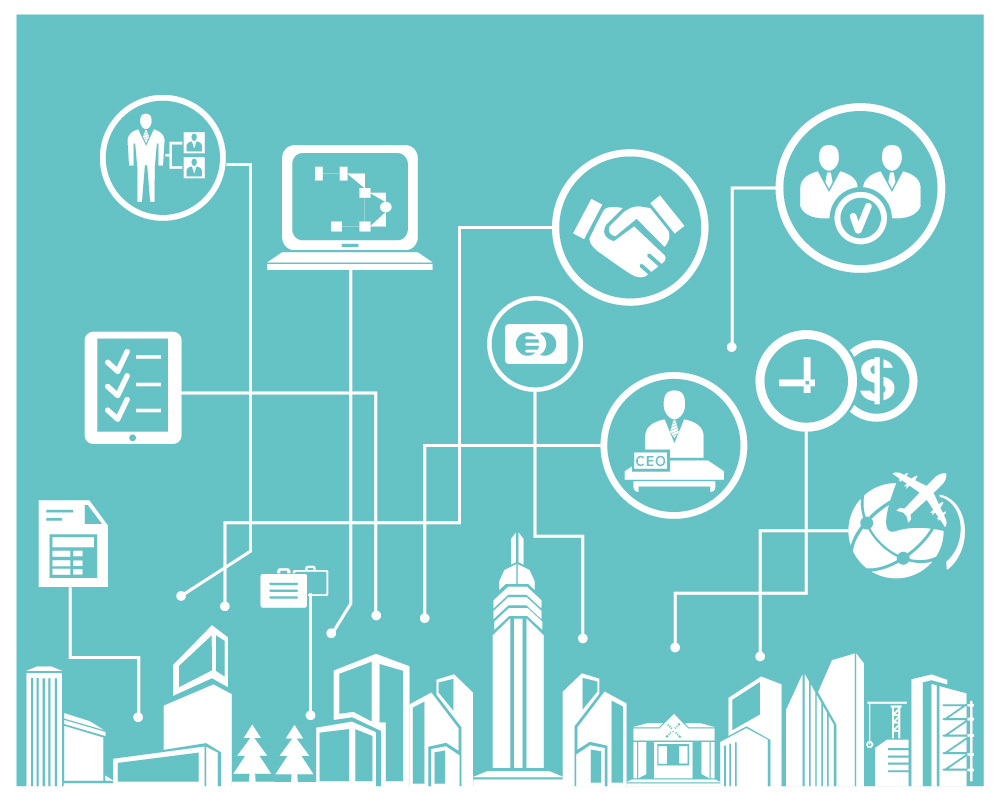While electronic payments have widely noted advantages over cash – improved security and accountability, lower transaction costs, greater speed and broader geographic reach – the limitations of electronic payment infrastructure put many of these benefits out of reach of underserved people in developing and emerging economies.The costs, risks and delays inherent in today’s infrastructure often limit electronic payment products to large-value transactions. In some regions, the cost of sending a cross-border payment may be so large that it is not economical or feasible for financial institutions to even offer low-value payment products. There are often significant cost and access barriers to sending a small-value remittance payment electronically today – precisely the type of payment poor communities use the most. For the benefits of electronic payments to fully reach the two billion people that lack financial services, new infrastructure that makes serving the poor more economical is essential. Read full article by Ryan Zagone and Danny Aranda from Ripple Labs, a technology company that develops real-time settlement solutions for financial institutions.
Articles
An infrastructure approach to improving Financial Inclusion

May 05, 2015


































